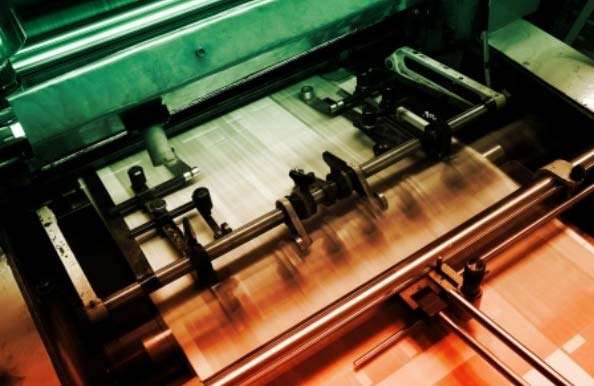 Optical Mark Recognition (OMR) refers to the technique of converting handwritten marks into an ASCII value. The “Mark” is created by filling a circle or a box on a pre-printed form. Well-filled bubbles provide very accurate responses providing the forms are correctly registered and no double entries are noted.
Optical Mark Recognition (OMR) refers to the technique of converting handwritten marks into an ASCII value. The “Mark” is created by filling a circle or a box on a pre-printed form. Well-filled bubbles provide very accurate responses providing the forms are correctly registered and no double entries are noted.
You may ask, why use "bubble sheets" for questionnaires instead of technologies that recognize handwriting or typed characters?
FACE = Fast, Accurate, Cost effective, Easy to implement and support.
The presence or absence of a “Mark” in a specific location is then converted into a value such as a selection in a multi- choice question, the selection of one item in a list of several, or even to code a specific numeric or alphanumeric value, such as a date using six columns of 10 boxes or name with 26 columns etc.
A “Mark” by itself can only generate a binary choice (presence or absence), while the combination of several marks arranged on a form can provide intelligent answers to questions and be used as a fast and accurate replacement to data entry in many applications. Basically an OMR Reader/Scanner is only intelligent to accurately give the position of the marks, interpretation of marks is an important aspect and more than often known as Template Creation.
Optical marks recognition is traditionally performed using Reflective Light Method where a beam of light is reflected on a sheet with marks. Special forms are created using Timing Marks and color drop-out (depends what reading head you use, Visible or Infra-red, pen or pencil) and are usually referred as Chatsworth Data, Scantron or Sekonic Forms from the name of the vendors that sell these systems. Lincolnshire Printing and Promotions can assist in providing the best product based on your requirements.
Please Contact us for details
“Mark” recognition can be achieved with specially designed forms or free forms. There is a noted problem of accuracy and control using free forms where there is no timing or registration marks. If the marks are too close and are filled slightly inaccurately, the error rate can be extremely high. In addition, template setting is longer and more complex. It is possible to read the form without timing marks, however processing time is usually longer and forms set-up more complex.
Timing marks are short black lines printed at the edge of the form, one mark per line. The timing marks provide for an accurate position of the data. This technique is used by all hardware base solutions (Scantron/Sekonic).
When timing marks based techniques are used, the position of the mark is extremely accurate and density check can be performed on the area of the grid quickly and accurately. A density check is done by using a fixed or relative threshold.
Since marks can be printed very close to each other, it is possible to create a grid of 10x10 or 20x26 or 8 x6 that can be used to code a number or a name etc. Usually a character is printed inside the bubble which requires that the form be printed in a drop-out color for the scanner (Visible red for pencil reading). White light scanners do not work very well with these applications because the background appears and makes the threshold decision between a filled mark and an empty mark difficult to decide, however, this technique is accurate and fast.
No matter what your business needs are, Lincolnshire Printing and Promotions offers a variety of stock and custom forms, including our popular custom software product; LPScan Program. Our custom program can be customized to fit your business demands. And, we have development resources available to bring you accurate results that are quite affordable.
Non-appropriate types of marks are check boxes. Simple density checks often generate invalid results because the difference between the density of a filled mark and that of an empty mark is marginal. It is also mandatory that the background appears in the image otherwise the software cannot detect an empty mark and recognize it as character, (e.g., the software will return a space). Other types of marks are check boxes. However, the check marks do not provide sufficient density to make accurate decisions. Density checks can also be used in forms processing application that do not use timing marks and high density. This method is only acceptable for bubble marks since density checks are done on a small area inside the bubble.
Intelligent character recognition (ICR) is the computer translation of manually entered text characters into machine-readable characters. In practice, characters are entered in a rough printed form from an I/O device, and the image of the captured data entry is then analyzed and translated into the machine-readable characters. ICR is similar to Optical Character Recognition (OCR) and is sometime used in combination with OCR in form processing.
This technique requires a good understanding of OCR and segmentation issue. Since the specific software would typically use an OCR like technique, it is subject to the same kind of failure (usually touching or breaking characters).
OMR Readers
Optical Character Recognition (OCR)
OMR Optical Mark Recognition (OMR)
Intelligent Character Recognition (ICR)
Timing Marks
LP Scan Program